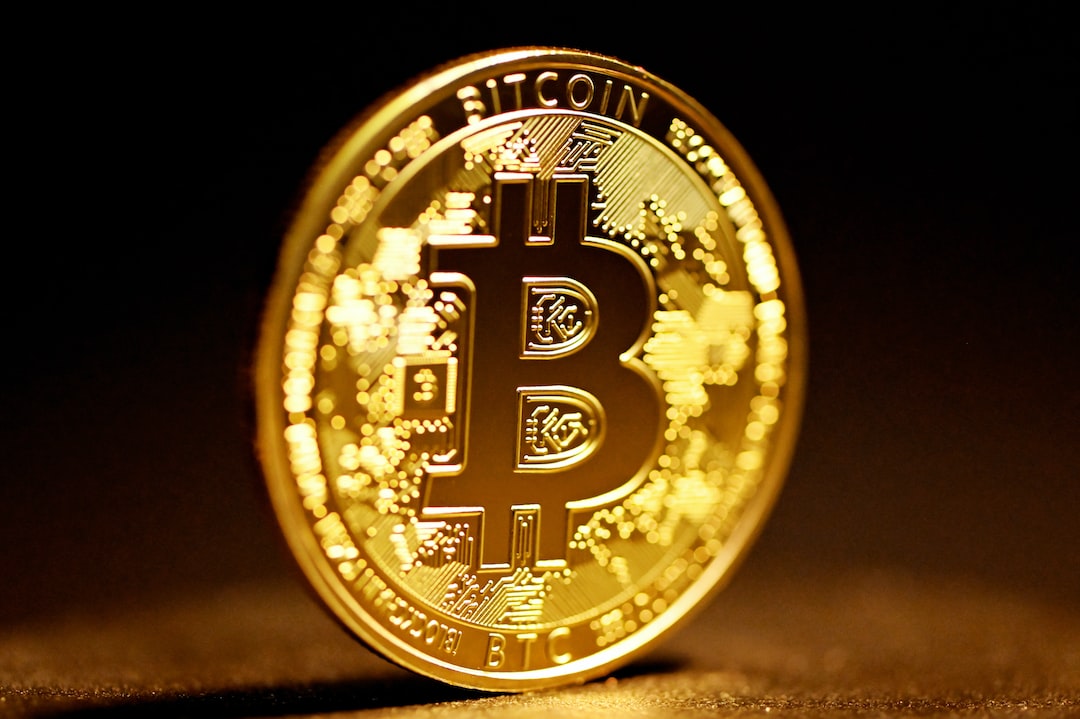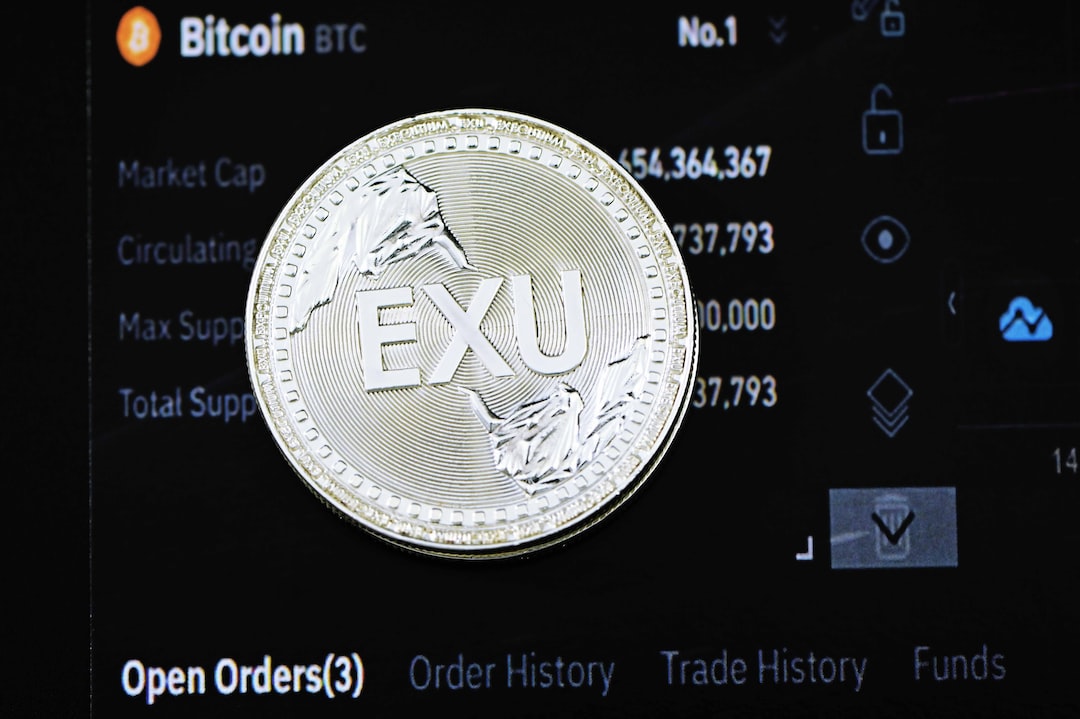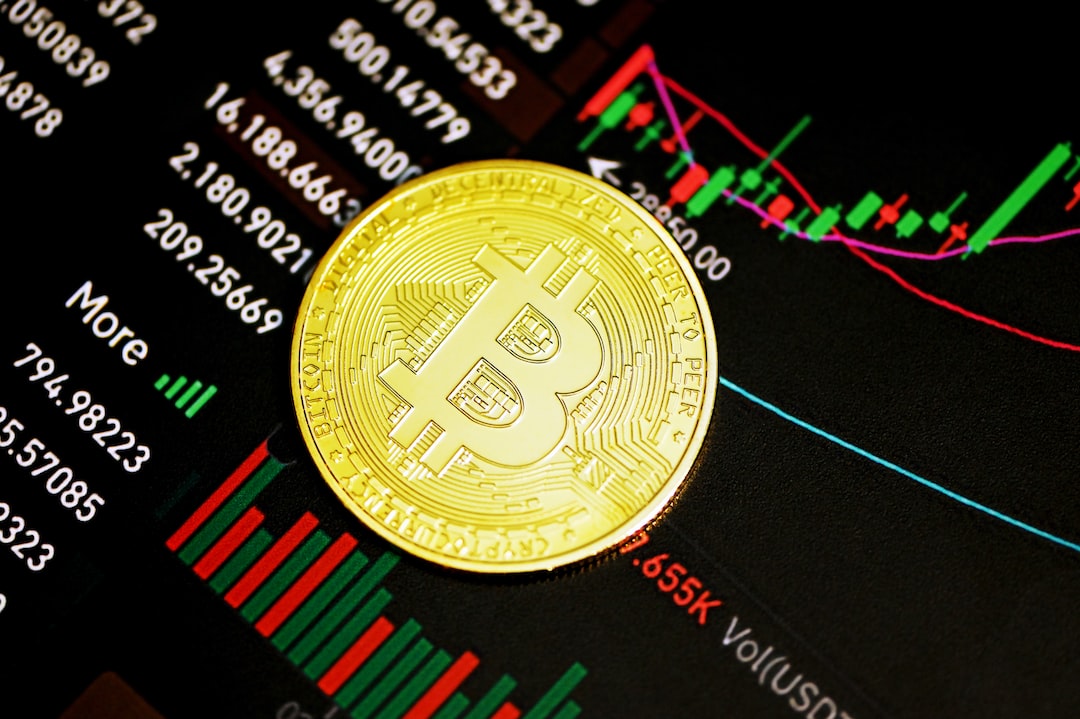Ordinals and the Impact on Bitcoin Transactions
In May, ordinals caused a significant increase in average fees for Bitcoin transactions, reaching over $30. This resulted in a mempool congestion that forced users to spend more than usual to ensure quick transaction registration on the blockchain. However, this issue has subsided in recent weeks, with average daily transactions dropping below $3.
The Introduction of Inscriptions and BRC-20 Tokens
Inscriptions enabled the creation of ordinals and other tokens on Bitcoin’s blockchain. The BRC-20 standard, created by an anonymous developer known as Domo in March, allows for the creation of both non-fungible tokens like ordinals and fungible tokens like BRC-20s. While there are now over 200 BRC-20 tokens, none have a market capitalization exceeding $100 million.
Compared to popular memecoin Dogecoin, which has a market capitalization of over eight billion dollars, all existing BRC-20 memecoins combined total less than $190 million.
The Rise of Runes Protocol
Casey Rodarmor, the creator of ordinals, expressed uncertainty about creating a new format of fungible tokens on the Bitcoin blockchain. In a blog post introducing the Runes protocol, Rodarmor stated that 99.9% of fungible tokens are scams and memes. However, he acknowledged the need for a protocol to support them and generate revenue for Bitcoin miners through transaction fees.
Rodarmor proposed the Runes protocol as an alternative to the BRC-20 protocol. It is a simple protocol based on UTXO (Unspent Transaction Output) with a user-friendly experience for Bitcoin.
Fungible Tokens and Challenges
Fungible tokens are cryptocurrencies that can be created and added to any blockchain. While ERC-20 tokens on Ethereum are the most well-known, other widely used examples include BEP-20 on BSC and TRC-20 on Tron. Rodarmor describes the world of fungible tokens as deceitful and driven by greed.
Creating a working protocol for fungible tokens on Bitcoin would prevent similar problems caused by BRC-20. However, exchanging these tokens for on-chain transactions can increase transaction costs in BTC, posing challenges for users.
The Future of Stablecoins and Bitcoin
Creating stablecoin tokens that can be traded natively on the Bitcoin blockchain is an intriguing prospect, especially in the context of decentralized exchanges based on the Lightning Network. Currently, stablecoin tokens are primarily exchanged on other blockchains, diverting attention away from Bitcoin.
Efficient solutions are needed to enable the creation and exchange of Bitcoin-compatible fungible tokens, as existing options are either complex or cause other issues. Continual exploration of solutions will help prevent decentralized exchanges from occurring solely on other blockchains.
Hot Take: Seeking Solutions for Bitcoin-Compatible Fungible Tokens
In order to facilitate the creation and exchange of Bitcoin-compatible fungible tokens, innovative solutions are required. While decentralized exchanges compatible with Bitcoin seem to exist, the challenge lies in finding an efficient and effective solution specifically tailored for fungible tokens. The Runes protocol proposed by Casey Rodarmor offers a simple approach that aligns with Bitcoin’s native UTXO model. By exploring such solutions, it is possible to ensure a more seamless integration of fungible tokens into the Bitcoin ecosystem.





 By
By
 By
By
 By
By
 By
By
 By
By